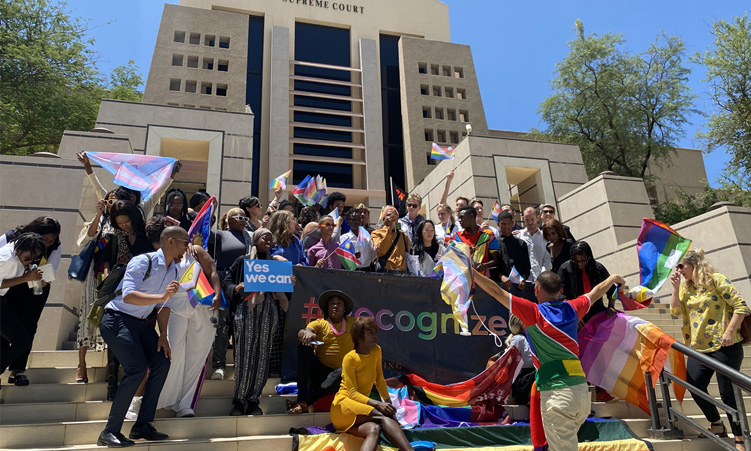BOTSWANA has been chosen to be the co-ordinating country for the Kavango Zambezi Transfrontier Conservation Area (TFCA), a massive cross-border conservation project between five Southern African countries.
Irma Engelbert of the South African-based Peace Parks Foundation (PPF), which will carry the costs of creating the project, told The Namibian that Botswana was given this responsibility at the signing of the Memorandum of Understanding for the KaZa project at Victoria Falls in December. The next step is to come up with a treaty document that will see the actual creation of the project.Engelbert also revealed that Sedia Modise has been appointed as KaZa International Co-ordinator, based in Gaborone, Botswana.The five SADC countries that are involved in the KaZa project are Namibia, Angola, Botswana, Zambia and Zimbabwe.The project is based on the wetland ecosystem of the Zambezi and Okavango rivers.The proposed target area includes a major part of the Upper Zambezi Basin, the Okavango Basin and the Okavango Delta, which together form the largest wilderness, wetland and wildlife area in the southern African region.The five countries believe that the KaZa project will foster regional co-operation, leading to the protection of the fragile environment for sustainable tourism development.This could promote socio-economic development and bring in much-needed foreign currency, which in turn will promote the development of new infrastructure in these nations.The KaZa area includes 22 protected areas and has a size of 280 000 square kilometres.The next step is to come up with a treaty document that will see the actual creation of the project.Engelbert also revealed that Sedia Modise has been appointed as KaZa International Co-ordinator, based in Gaborone, Botswana.The five SADC countries that are involved in the KaZa project are Namibia, Angola, Botswana, Zambia and Zimbabwe.The project is based on the wetland ecosystem of the Zambezi and Okavango rivers.The proposed target area includes a major part of the Upper Zambezi Basin, the Okavango Basin and the Okavango Delta, which together form the largest wilderness, wetland and wildlife area in the southern African region.The five countries believe that the KaZa project will foster regional co-operation, leading to the protection of the fragile environment for sustainable tourism development.This could promote socio-economic development and bring in much-needed foreign currency, which in turn will promote the development of new infrastructure in these nations.The KaZa area includes 22 protected areas and has a size of 280 000 square kilometres.
Stay informed with The Namibian – your source for credible journalism. Get in-depth reporting and opinions for
only N$85 a month. Invest in journalism, invest in democracy –
Subscribe Now!









